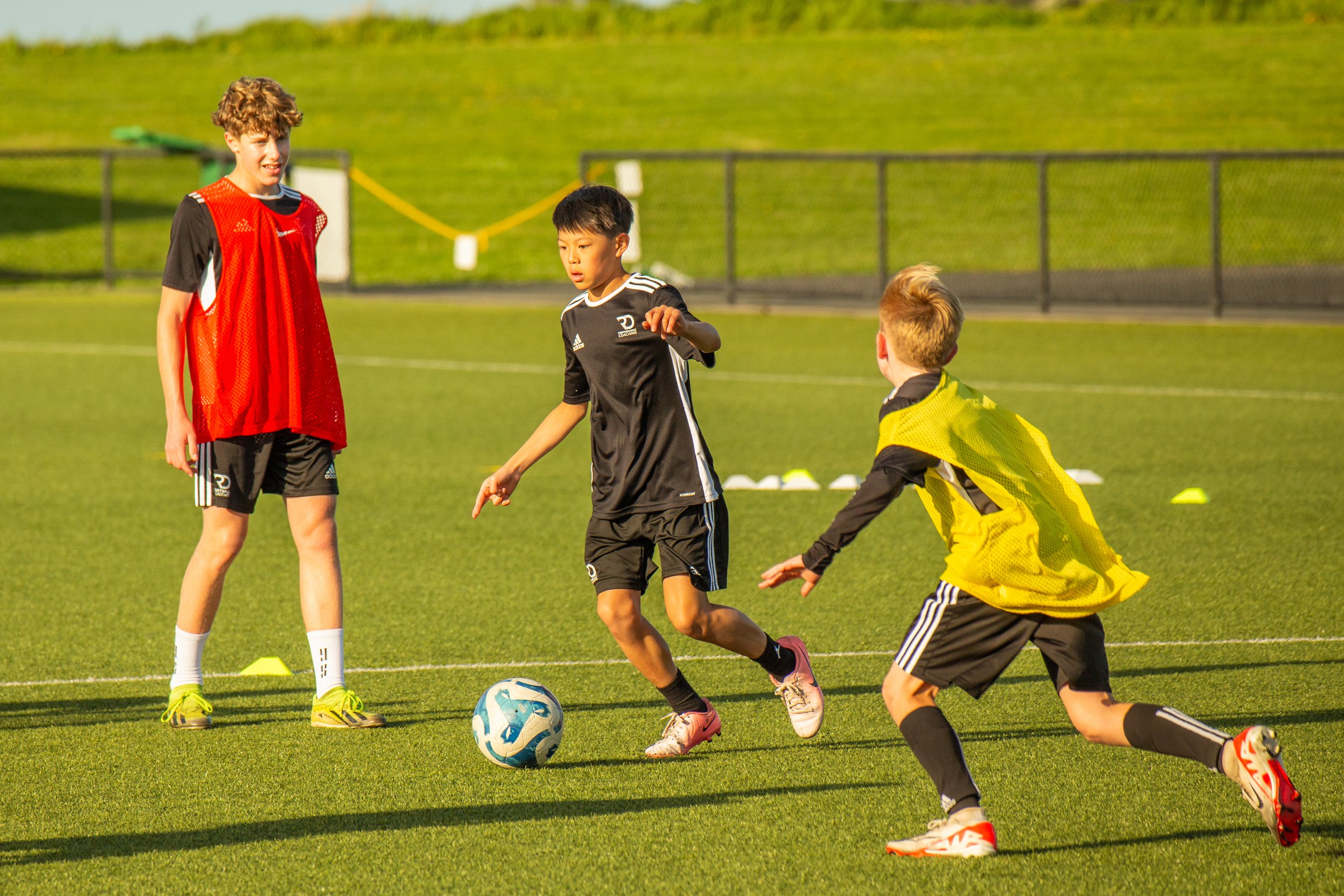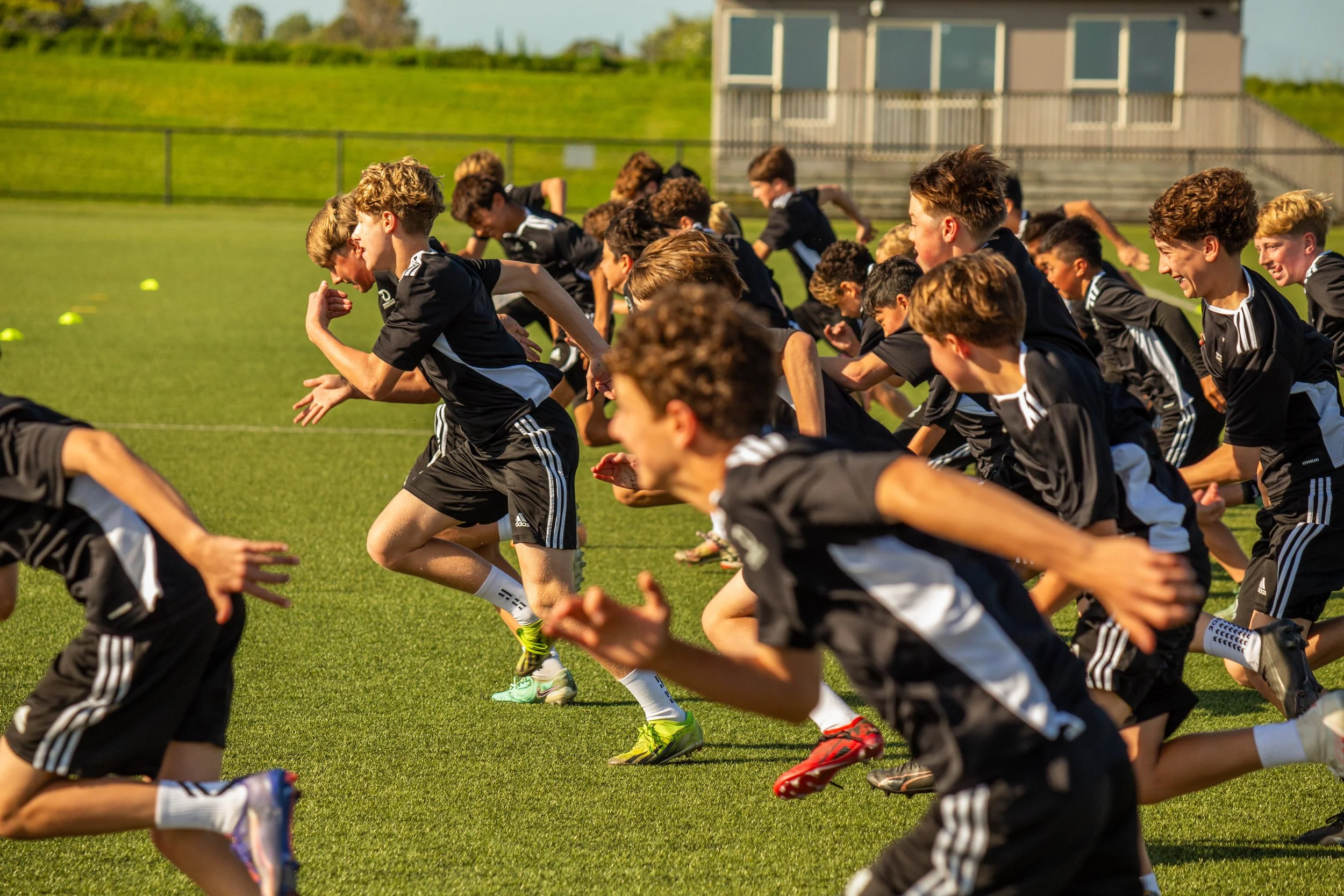The Silent Teacher: How the ‘Computer Brain’ Learns Through Repetition
The Silent Teacher: How the ‘Computer Brain’ Learns Through Repetition
When Your Chimp Takes Over: On the Pitch and in Life →
When Your Chimp Takes Over: On the Pitch and in Life
Optimal Strength Training Frequency for Young Athletes: What the Research Says →
Optimal Strength Training Frequency for Young Athletes: What the Research Says
Developing a Resilient Mindset in Youth Athletes: Why is its important? →
Developing a Resilient Mindset in Youth Athletes: Why is its important?
Athletic & Brain development: How do we align?
Athletic and Brain Development: How do we align?
The performance triangle : What are we missing?
The performance triangle: What are we missing?
The coaching continuum : What is the larger purpose?
The coaching continuum: What is the larger purpose?
The Female Athlete: Do girls develop differently to boys?
The Female Athlete: Do girls develop differently?
Growth and Oversuse injuries: Preventative measures to stay involved
Growth and overuse injuries: Preventative measures to stay involved
STRENGTH TRAINING APPROACH: The butterfly effect
STRENGTH TRAINING APPROACH: The butterfly effect
STRENGTH TRAINING APPROACH: Difference between Pre and Post adolescent athletes
STRENGTH TRAINING APPROACH: Difference between Pre and Post adolescent athletes
Play Before Perfection: The Downside of Early Sport Specialisation in Young Athletes
Play Before Perfection: The Downside of Early Sport Focus in Young Athletes
BEYOND THE SCOREBOARD: Need for Speed- Cheat code to motor development
BEYOND THE SCOREBOARD: Need for Speed - Cheat code to motor development.
BEYOND THE SCOREBOARD: Embracing the Turbulence of Learning
BEYOND THE SCOREBOARD: Embracing the Turbulence of Learning
BEYOND THE SCOREBOARD: The “Best” development model
Beyond the Scoreboard: The “Best” development model





















